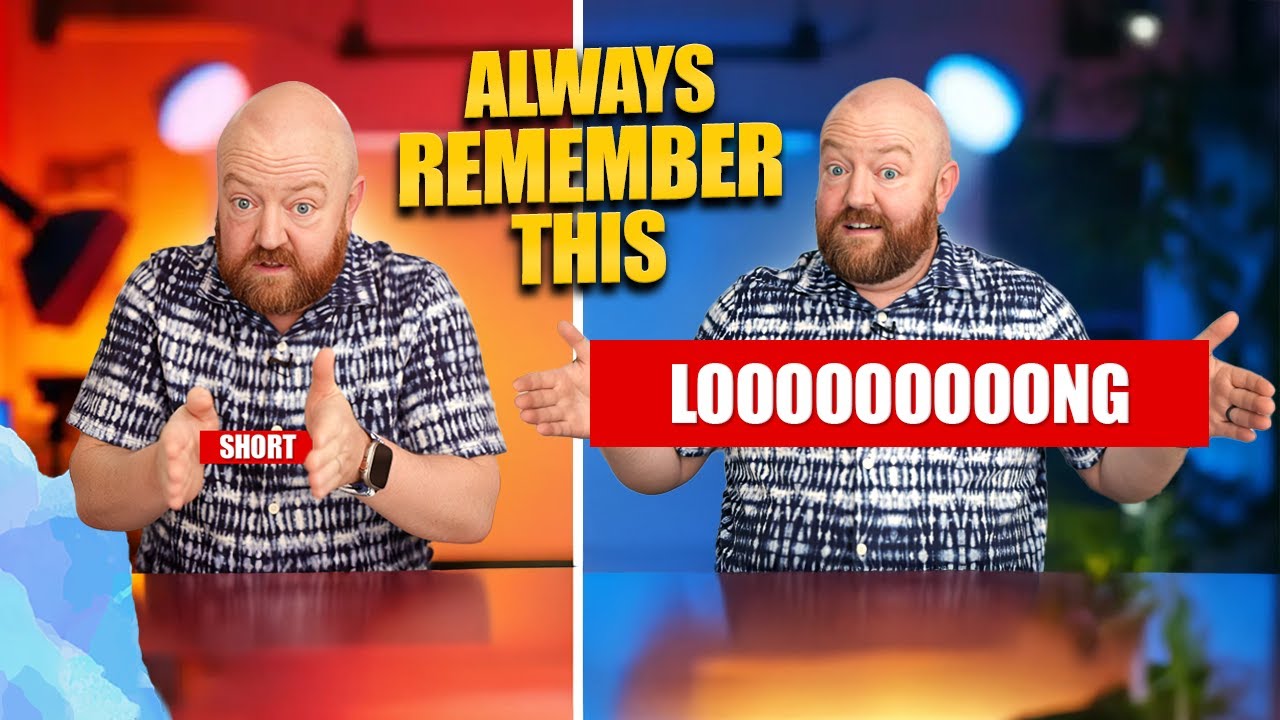When it comes to marketing, the terms “push” and “pull” often come up. If you’re trying to drive traffic and generate leads, understanding the difference between these two strategies is essential. In this article, we’ll break down the basics of push and pull marketing, explore the pros and cons of each, and discuss when you might want to use one over the other. Plus, I’ll share my opinion on the best type of pull marketing to focus on for long-term success.
What Is Push Marketing?
Push marketing is all about putting your message in front of people. It’s intrusive by nature, with ads placed in locations where people don’t necessarily expect them. Think billboards on highways, commercials on TV, or those banner ads that pop up while you’re browsing a website. Essentially, you’re paying to push your message in front of an audience, whether they’re interested or not.
In this strategy, the emphasis is on visibility and reach. You’re reaching people who may not have sought out your product or service but are now exposed to it through targeted ads.
What Is Pull Marketing?
Pull marketing, on the other hand, focuses on creating content or value that attracts people naturally. Instead of pushing your product, you’re pulling people in by providing something that they want. The key difference here is that people don’t feel like they’re being sold to; they’re drawn to your content because it answers their needs or piques their interest.
This strategy often involves organic efforts, where you create valuable content that your audience is already searching for—whether it’s blog posts, videos, or other forms of content that answer their questions or solve their problems.
Paid vs. Organic Marketing
When it comes down to push vs. pull, there’s also a clear distinction between paid and organic methods. Paid marketing often falls into the “push” category, as you’re paying for ads to be shown to an audience, whether through digital ads or traditional media. Organic marketing, however, is all about pull. By creating content that resonates with your target audience, you can organically attract leads without paying for visibility.
The Pros and Cons of Push Marketing (Paid Ads)
Advantages:
- Immediate Visibility: Paid ads give you instant visibility. You can launch a campaign and start seeing results right away.
- Scalability: You can scale paid campaigns quickly, testing different ads, landing pages, and targeting to fine-tune your approach.
- Fast Results: If you need to drive traffic quickly, push marketing is your go-to strategy.
Disadvantages:
- Cost: One of the biggest drawbacks of push marketing is the cost, especially if you’re generating low-quality leads. If your ads aren’t well-targeted or your funnel isn’t optimized, you may waste money on clicks that don’t convert.
- Ad Fatigue: People can become tired of seeing your ads repeatedly, leading to lower engagement over time.
The Pros and Cons of Pull Marketing (Organic Traffic)
Advantages:
- Cost-Effective: Organic marketing is typically much cheaper than paid ads. You’re not paying for each click or impression.
- Long-Term Momentum: Content that performs well can continue to drive traffic for months or even years. It creates an ongoing stream of leads.
- Referral Quality Leads: Organic traffic is usually higher quality because these leads have already shown interest in your content, building trust before you ever even engage with them.
Disadvantages:
- Takes Time: The downside is that organic marketing is a long game. You need to consistently produce valuable content and optimize it for search engines, which takes time and effort to build momentum.
- Slower Results: Unlike paid marketing, organic traffic won’t give you immediate results. It requires patience, but the payoff can be much more sustainable in the long run.
How to Leverage YouTube for Organic Marketing
One powerful tool for pull marketing is YouTube. As someone who produces content for over 50 different YouTube channels, I can tell you that organic marketing on YouTube is incredibly effective if done right. The key is not relying on viral videos or paid views but focusing on answering the exact questions your target audience is asking.
By conducting keyword research, you can find long-tail keywords that reflect the specific questions or needs your audience is searching for. This allows you to create videos that directly address these topics, driving highly targeted traffic to your channel. The result? A relationship with an engaged audience that trusts your expertise and is more likely to become a lead or a customer.
In fact, with YouTube SEO, I’ve used the Leaf Strategy to optimize content and build momentum over time. This strategy focuses on creating valuable content that aligns with what your audience is already searching for, making it easier to pull in qualified leads without spending on ads.
The Best Approach: Combine Push and Pull Marketing
So, what’s the ideal strategy? In my opinion, the best approach is to combine both push and pull marketing, leveraging the strengths of each.
Start with push marketing (paid ads) to generate quick visibility and test your messaging, audience targeting, and funnels. Once you’ve fine-tuned your system, you can focus more on pull marketing by creating content that draws people in and builds long-term relationships. This way, your paid ads can send organic traffic to your optimized funnels, and over time, your organic leads will far outperform the quality of the paid ones.
Conclusion
Understanding the difference between push and pull marketing can drastically improve your marketing strategy. Push marketing offers quick results and scalability, while pull marketing builds long-term momentum and trust. By combining both, you can optimize your marketing efforts, generate high-quality leads, and ensure sustained growth for your business.
For a deeper dive into YouTube SEO and how to leverage YouTube for lead generation, check out my video on YouTube SEO: The Leaf Strategy. It’s packed with tips and insights to help you harness the power of organic content marketing.





